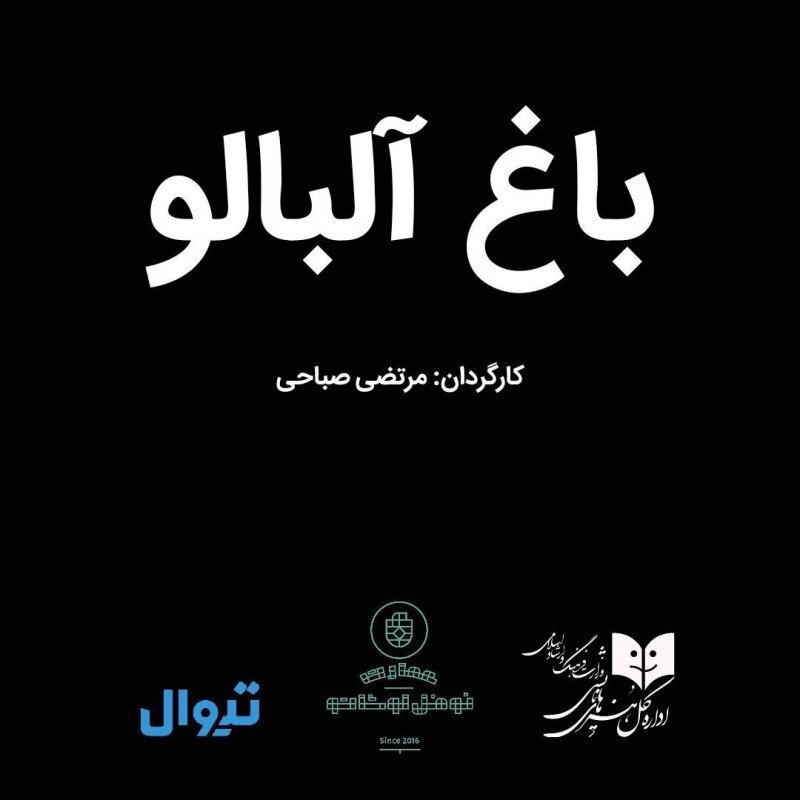Tehran theater to host reading performance of Anton Chekhov’s “The Cherry Orchard”

TEHRAN- Neauphle-le-Chateau Theater in Tehran will be playing host to a reading performance of the renowned Russian author Anton Chekhov’s final play “The Cherry Orchard” on September 5.
The performance will be directed by Morteza Sabahi based on a Persian translation by prominent Iranian writer and translator Simin Daneshvar.
The play will be read by a cast composed of Alireza Motamed, Leili Sadeqi, Majid Kouhi, Sadeq Taheri and Maryam Safaeianpour.
Completed in 1903, “The Cherry Orchard” is widely regarded as one of Chekhov’s four greatest works, alongside “The Seagull”, “Three Sisters”, and “Uncle Vanya”.
Chekhov himself described the work as a comedy, infused with elements of farce, though Stanislavski approached it as a tragedy—a duality that has puzzled and challenged directors ever since.
It explores the decline of the Russian aristocracy amid societal upheaval at the turn of the 20th century. The narrative centers on Lyubov Andreyevna Ranevskaya, an aristocratic landowner who returns to her ancestral estate just before its impending sale at auction to settle debts. The estate’s most iconic feature, its expansive cherry orchard, becomes a potent symbol of Russia’s fading aristocratic class and the inevitable march of change.
Ranevskaya, having lived in France since her young son’s drowning, is emotionally detached from her estate. Her inability to confront the economic realities of her situation leads her to ignore the pleas of her estate manager, Lopakhin—a former serf’s son—who offers pragmatic solutions, such as developing the land into summer cottages. Her refusal to adapt results in the estate’s sale and the destruction of the orchard, symbolizing the end of an era.
The play delves into themes of cultural futility, social change, and the clash between tradition and progress. It vividly captures the socioeconomic forces transforming Russia—from the abolition of serfdom in the mid-19th century to the rise of the middle class and the waning influence of the aristocracy.
“The Cherry Orchard” has enjoyed a lasting influence on the theatrical world, regarded as a classic of 20th-century drama. Its universal themes have led to numerous adaptations and productions worldwide, staged by illustrious directors including Charles Laughton, Peter Brook, Andrei Șerban, Jean-Louis Barrault, Tyrone Guthrie, Katie Mitchell, Robert Falls, and Giorgio Strehler. The play's impact extends beyond theater, inspiring playwrights such as Eugene O’Neill, George Bernard Shaw, David Mamet, and Arthur Miller, who drew on Chekhov’s nuanced exploration of human folly and societal change.
Themes of social upheaval are central. The emancipation of the serfs in 1861 fundamentally reshaped Russian society, creating a new middle class that challenged aristocratic dominance. Chekhov’s play reflects this societal transition, highlighting characters’ struggles with change—whether through Ranevskaya’s denial or Lopakhin’s pragmatic acceptance. The cherry orchard itself symbolizes nostalgia, loss, and the passage of time, embodying the melancholy of a bygone era.
Since its premiere, “The Cherry Orchard” has been performed worldwide in numerous adaptations—stage, television, film, and radio. Its first English performance was in London in 1911, and notable productions include those by the Royal Shakespeare Company, the Stratford Festival in Canada, and Broadway. The play continues to inspire reinterpretations, including modern adaptations set in different cultural contexts, such as the 2018 “Niagara-on-the-Lake” production portraying a Punjabi-Sikh family fighting to preserve their orchard in British Columbia.
Despite its age, “The Cherry Orchard” remains relevant, capturing the universal human experience of change, loss, and adaptation. Chekhov’s masterful blend of comedy and tragedy ensures its enduring position as a cornerstone of modern theater—an eloquent testament to Russia’s tumultuous transformation and the timeless nature of human resilience.
SAB/
